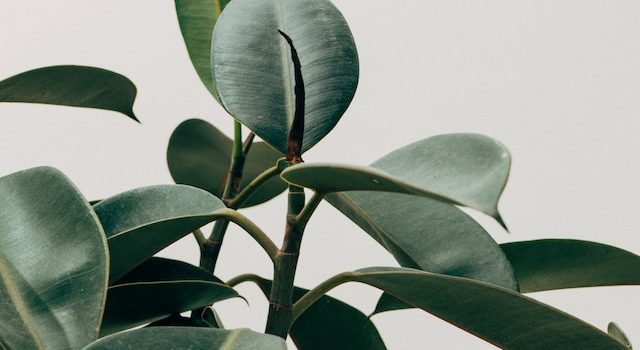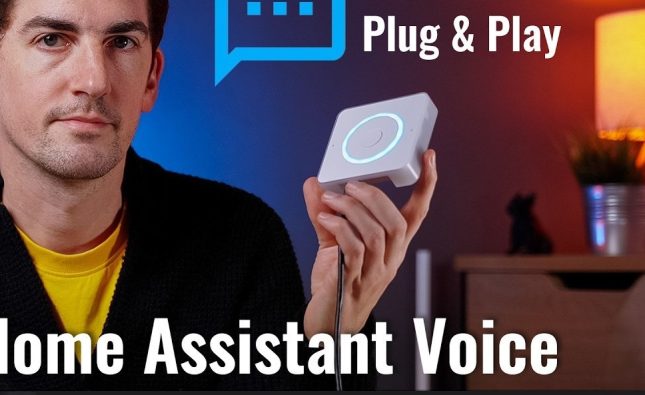
Container gardening is a popular and convenient way to bring the joys of gardening to small spaces, such as balconies, patios, or even windowsills. Whether you’re a novice gardener or have limited outdoor space, container gardening offers a fantastic opportunity to grow a variety of plants and beautify your surroundings. In this guide, we will explore the basics of container gardening and provide you with valuable tips and tricks to ensure your success.
1. Choosing the Right Containers
Selecting the right containers is crucial for successful container gardening. Consider the size, material, and drainage capabilities of the containers. Opt for containers that are large enough to accommodate the root systems of your plants, as overcrowding can hinder their growth. Additionally, ensure that the containers have drainage holes to prevent waterlogging, which can lead to root rot.
2. Picking the Perfect Potting Mix
Choosing the right potting mix is essential for the health and growth of your plants. Avoid using garden soil, as it tends to be heavy and may not provide adequate drainage. Instead, opt for a high-quality potting mix that is lightweight, well-draining, and rich in organic matter. This will provide the necessary nutrients and aeration for your plants’ roots.
3. Selecting Suitable Plants
When it comes to container gardening, the possibilities are endless. However, it’s important to choose plants that are well-suited for container cultivation. Consider the mature size of the plants and their sunlight requirements. Select plants that have similar water and light needs to ensure they thrive together in the same container. Popular choices for container gardening include herbs, vegetables, flowers, and dwarf varieties of trees or shrubs.
4. Providing Adequate Watering
Proper watering is crucial for the success of your container garden. Containers tend to dry out more quickly than traditional garden beds, so it’s important to monitor the moisture levels regularly. Water your plants thoroughly until the excess water drains out of the bottom of the container. Avoid overwatering, as it can lead to root rot. Consider using self-watering containers or installing drip irrigation systems to simplify the watering process.
5. Fertilizing for Optimal Growth
Container-grown plants rely on you for their nutrient supply. Regular fertilization is essential to ensure healthy growth and abundant blooms or harvests. Choose a balanced, slow-release fertilizer or opt for organic alternatives. Follow the manufacturer’s instructions for application rates and frequency. Remember to adjust the fertilization schedule based on the specific needs of your plants.
6. Providing Adequate Sunlight
Most plants require a certain amount of sunlight to thrive. Place your containers in areas that receive the appropriate amount of sunlight for your chosen plants. Pay attention to the specific sunlight requirements of each plant and position them accordingly. If you have limited sunlight, consider using shade-tolerant plants or moving your containers to different locations throughout the day to maximize sun exposure.
7. Regular Maintenance and Pest Control
Regular maintenance is essential to keep your container garden healthy and thriving. Monitor your plants for signs of pests or diseases and take appropriate action promptly. Prune and deadhead your plants regularly to promote new growth and prevent overcrowding. Remove any weeds that may compete with your plants for nutrients and water.
Container gardening is a rewarding and enjoyable way to bring nature into your living space. By following these tips and tricks, you’ll be well on your way to creating a successful container garden that will bring beauty and joy for years to come. Happy gardening!










